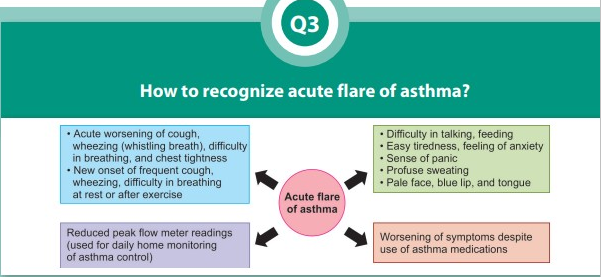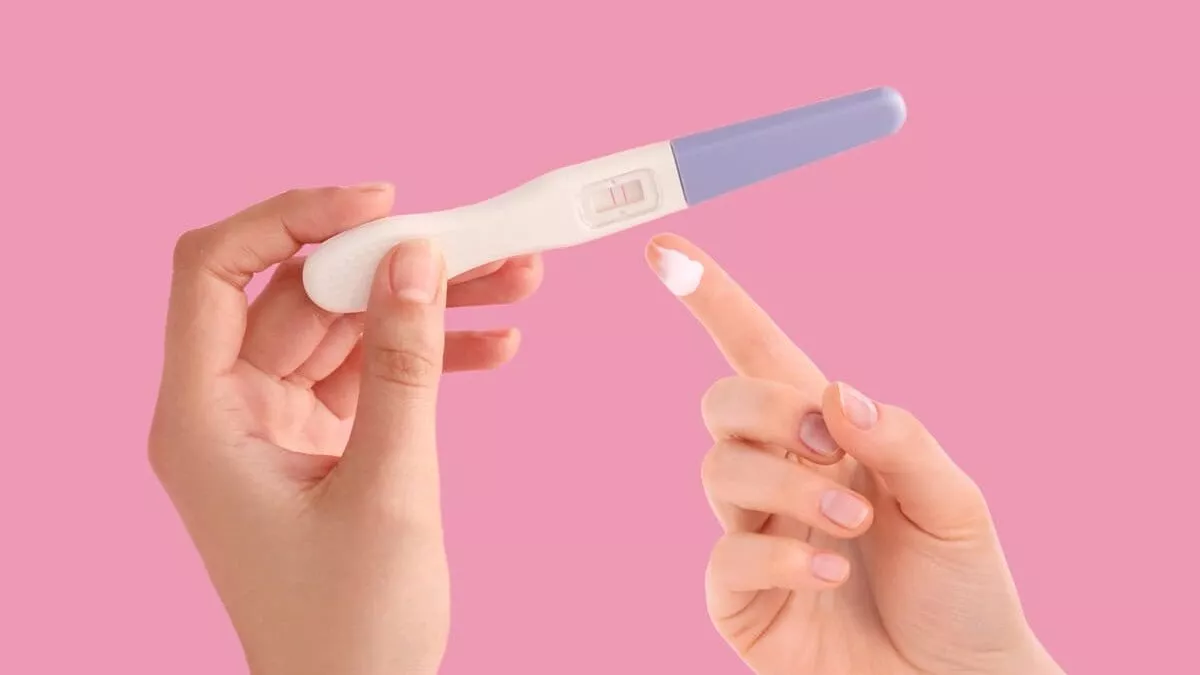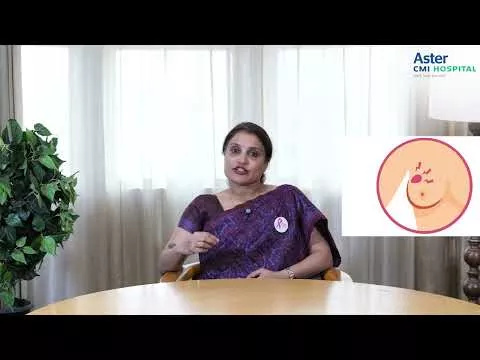Asthma is a respiratory condition marked by spasms in the bronchi of the lungs, causing difficulty in breathing. It usually results from an allergic reaction or other forms of hypersensitivity.
Asthma is very common, it is also a serious and potentially life-threatening disease.
The disease is characterized by inflammation (redness and swelling) of the conducting airways, causing episodic narrowing (obstruction).
Breathing through the narrowed airways causes its typical symptoms such as cough, wheezing, breathlessness, and chest tightness.
The hallmark of asthma is its episodic nature and reversibility of obstruction.
Even though the symptoms are recurrent, the inflammation of the airways is persistent.
Breathing sounds: If your child is making a soft, whistling-like sound while breathing, it is most likely that she is wheezing.
Most children who have asthma develop their first symptoms before 5 years of age. However, asthma in young children can be hard to diagnose. Sometimes it can be difficult to tell whether a child has asthma or another childhood condition because the symptoms of both conditions can be similar.
A young child who frequently wheezes with colds or respiratory infections is more likely to have asthma if:
- A parent has asthma
- The child has signs of allergies, including the allergic skin condition eczema
- The child wheezes even when he or she doesn't have a cold or other infection
Triggers for Asthma
- Allergens such as dust mites, pollen (from trees, grass, and weeds), mold, animal dander, or cockroaches
- Irritants such as tobacco smoke, chemicals, sprays, dust, or air pollution
- Respiratory illness such as a cold or flu
- Physical activity
- Cold air
- Strong emotions or stress
- Inspect your home for signs of mold

Yes, the acute flare of asthma can be life-threatening. A child can present with any of the following symptoms:
- Severe breathlessness/difficulty in breathing or wheezing, especially at night or early in the morning, even at rest
- The child is unable to talk/walk/feed normally due to severe shortness of breath
- The feeling of extreme tiredness
- Having to strain the chest muscles to breathe, flaring of nostrils while breathing.
- Drowsiness/altered sensorium/irritability/confusion
- The child not responding to the initial rescue (reliever) puffs
- Gasping for breaths
- Blue lips/fingernails/face
- Exhaustion/fainting/collapsing.





